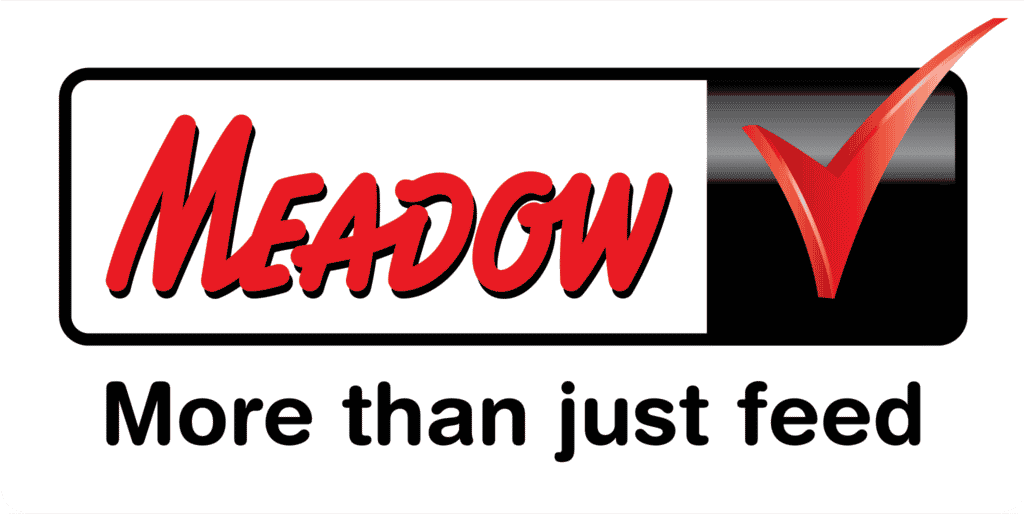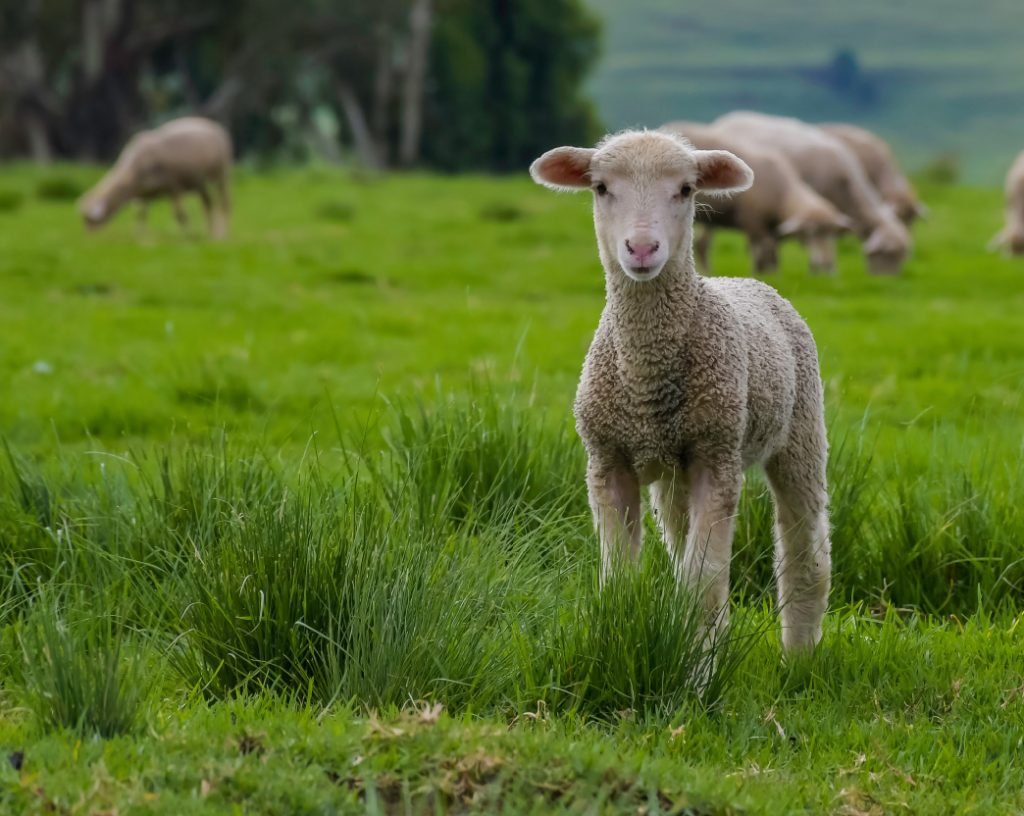Creep feeding young lambs provides an opportunity to get lambs started on feed at a much younger age, which paves the way for a potentially healthy, fast-growing lamb so that optimal weaning weights are achieved. In this article we will have a closer look at the importance of creep feeding in lambs.
Rumen development is the most critical physiological challenge in young lambs. The ruminant forestomach has a unique structure and function that not only differentiates it from the stomach of monogastric animals morphologically but also in terms of digestion and metabolism. Rumen development in preweaning lambs facilitates their transition from liquid to solid diets and post-weaning growth performance. Feeding a high-quality creep feed that contains readily fermentable carbohydrates from grain sources and palatable roughages augments rumen development.
Sheep feedlot numbers have increased over the last few years as farmers continuously try to improve profitability through higher efficiencies. Sheep feedlots prefer lambs that receive creep feed, with some feedlots even paying an incentive for these lambs. Lambs that were not exposed to creep feed have a higher morbidity rate, poorer adaptation to high-energy diets, and a higher exit rate, resulting in lower profitability for the feedlot.
Lamb creep feed nutritional requirements
A lamb creep feed should contain a minimum of 15% crude protein, between 2,0% and 5,5% fat, and a calcium-to-phosphorus ratio of approximately 2:1. Expected benefits of creep diets with crude protein concentrations higher than 20% are questionable. These expensive proteins are likely excreted in faeces and urine rather than utilised for body tissue accretion.
Creep feed must be palatable and highly digestible. The best-formulated creep feed will have no value if voluntary feed intake by young lambs is low. Firstly, lambs have to achieve the targeted voluntary feed intakes and then only does digestibility become relevant. Achieving a palatable creep feed that allows maximum nutrient digestibility for young lambs can appear to be expensive. However, it will most likely yield a lower cost of gain via an improved feed conversion efficiency. Higher feed intakes can be expected when feeding a creep ration in pelleted form.
Lamb feeder space
A lamb creep pen/feeder should be set up to allow continuous access to fresh creep feed and a clean and dry environment for the lambs. Ensure that access openings are adjusted to allow access for the lambs but prevent the ewes from gaining access to the creep pen and lamb creep feeder. Creep areas must be large enough to accommodate trough space for many lambs at once and prevent only the strongest, dominant lambs from eating.
It is also important to keep creep feeders dry and clean. Lambs will not eat well out of a feeder that is dirty or contains wet feed. Make sure the lamb creep feeder is free from manure, dirt, straw and excessive moisture. It is beneficial to keep feed in the creep feeder at all times and allow unlimited access to the feed.
Click here to view the Meadow Feeds sheep product range.




